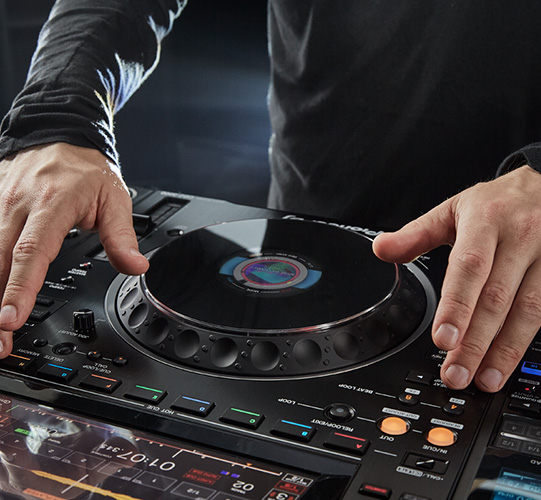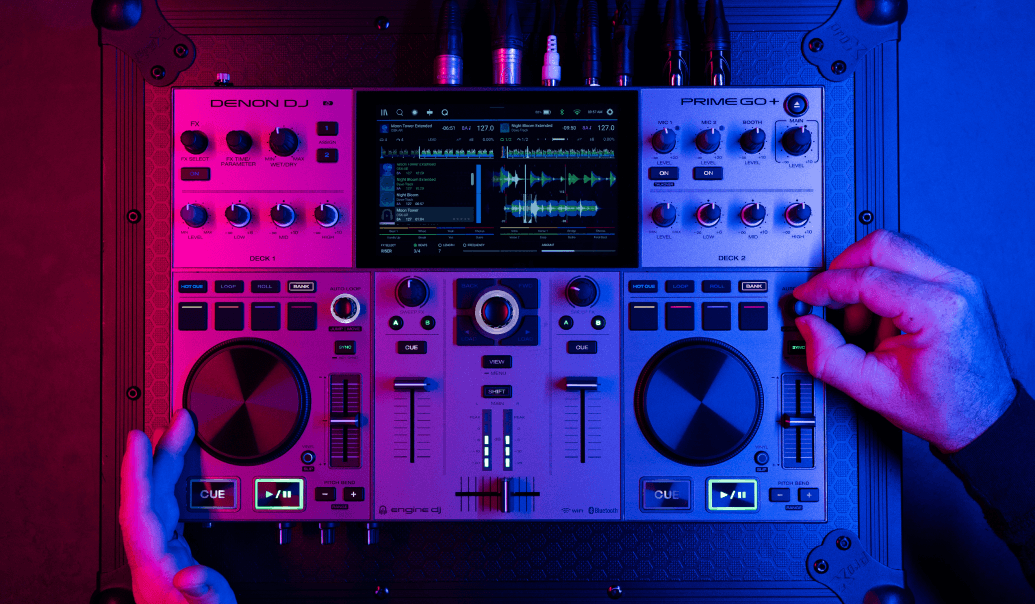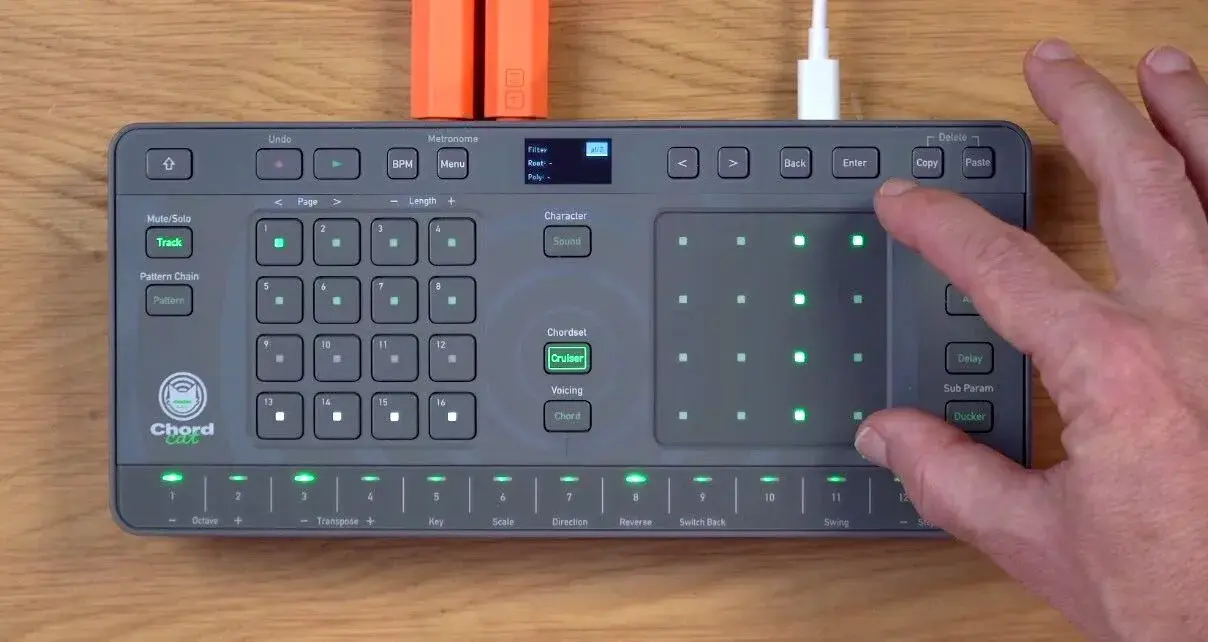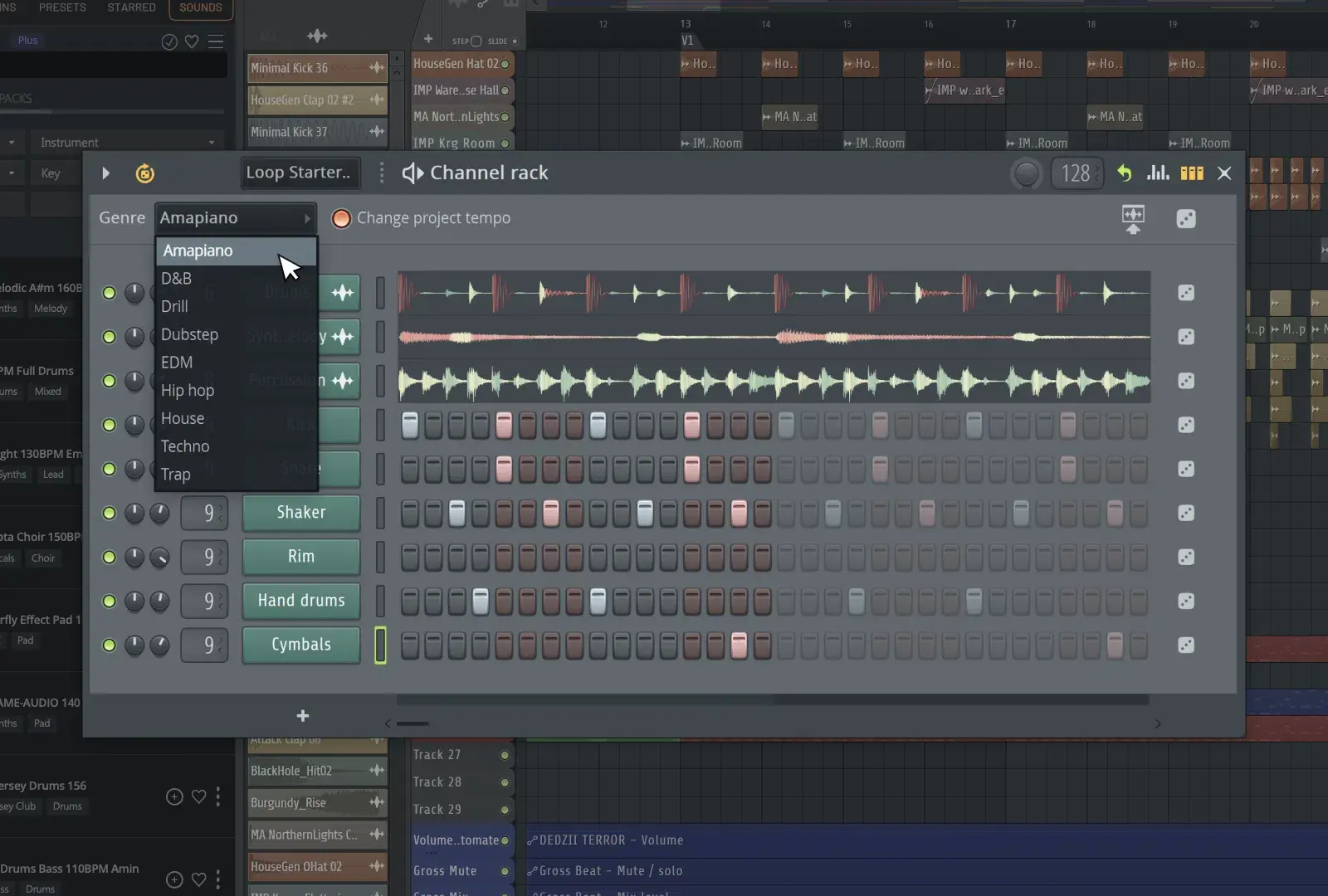
The most notable new music software being shown at NAMM this year was Bitwig Studio, the much-discussed next-generation digital audio workstation software that has generated months of rumors since its original announcement in January 2012. Although the final release date for the software has not yet been set, the Dubspot team were excited to spend some time with some of Bitwig’s developers at NAMM and get an inside look at what will set their new DAW apart from the competition…
Bitwig Studio has been designed to take some of the best aspects from music software tools of past and present and combine them to create a next-generation music production and performance platform.
The line between production and performance has become blurred in the past decade thanks to innovative software environments that allow you to do both, and performance-oriented features have become an essential part of many musicians’ production workflow. Bitwig Studio takes this “performance DAW” concept to another level—it’s a music production environment that allows you to assemble your music through realtime performance.
Of course, the main innovator in this area has been Ableton; before Live was first released in 2001, the idea of performing and producing music were usually left to two independent programs. Live allowed for the best of both worlds and also enabled users to take advantage of a more spontaneous, performance-based workflow when producing in the studio.
Bitwig Studio draws upon many of the major concepts pioneered in Live, but presents itself first and foremost as a studio production tool. It incorporates many of the live performance features that we have come to know and love from Ableton but also some more recent ideas about production workflow inspired by other sources (there are certain similarities with aspects of Native Instruments’ Reaktor and Maschine, for example). There are also some new ideas that are unique to Bitwig itself. Let’s take a look at some of the high points…
Like its competitors, Bitwig Studio features all the standard multitrack recording and sequencing functions, including a standard arrangement window that will be easily recognizable to users of other DAWs. Bitwig also provides two other distinct views, including a mixer-based clip launch view similar to Ableton’s as well as a non-linear clip arrangement view which should be familiar to users of Native Instruments’ Maschine. There is also an expanded mix view that allows for detailed control of your mixdown once you get to that stage. Because the interface draws on familiar conventions of DAW design, it should be relatively quick for experienced users of other production platforms to start working with Bitwig.
One of our favorite things about the demo we saw was the streamlined production workflow in Bitwig. The program incorporates many shortcuts to facilitate an efficient production process. Virtually anything in the interface can be easily mapped and controlled through MIDI or with key commands.
For example, one of the first things we noticed about the interface that appeared different from other DAWs were the multiple tabs running along the top of the application. These tabs were exactly what they appeared to be, individual project tabs, each representing a separate, open project. This allows users to select between multiple open projects and cut, copy and paste material from one to another, making it much easier to share loops and sound between projects, something that has always been rather awkward in most other DAWs.
Although a streamlined workflow is not as glamorous as flashy new features or effects, ultimately the test for any new music software or hardware should be: is this something that will help me make the music I want more quickly? Will it help me come up with creative ideas more easily and sculpt them into finished tracks? A streamlined workflow is one of the key factors here and in our opinion this is one of the best things about Bitwig.
Other features of Bitwig that will help provide for a smooth workflow include:
Bitwig Studio also offers powerful automation functionality, including automation within clips as well as single notes. Allowing for very precise control of unlimited effects and instrument parameters, the implementation of automation in Bitwig seems robust and fully developed. A specific point we liked was that MIDI automation of pitch bend is represented by the note you want to bend to rather than the traditional numeric range in other programs, making it easier to quickly see what is going on.
Some of the new features we saw demoed at NAMM will not be part of Bitwig’s initial 1.0 release as they are still in the experimental phase. However some of these deserve a brief mention here as they are among the most exciting aspects of the application, including online multi-user collaboration, LAN-based sync and the ability to open and edit any part of the application’s interface using Bitwig’s ‘native modular’ system.
One of the most innovative aspects of Bitwig is that the entire system has been designed from the ground up using a built-in native modular toolkit that will be completely user-accessible. This will allow you to modify and customize the onboard instruments or effects and then save and share your modified versions with other users. You can add new parameters or controls to an existing device, or even build a completely new instrument or effect from scratch.
Bitwig features an expanded mixer view and Clip view.
Although this kind of functionality will be familiar to users of programs like Reaktor or Max/MSP (which is of course available to Ableton users as Max for Live), Bitwig’s design seems to go a bit further than other DAWs in offering users the ability to modify virtually any aspect of its internal workings, although we don’t have all the details yet about how this will work.
One of the most exciting things we saw demoed in Bitwig were the multiuser collaboration features planned for future versions, which will allow you to work on a shared document with another user over a network. Essentially the idea is that multiple users on the same network can all work on the same project at the same time via LAN, allowing for a new level of creative collaboration. Although we have seen some applications with somewhat similar functionality before (most notably Ohm Studio from French plug-in developer Ohm Force, also still in beta), to our knowledge Bitwig is the first full-featured DAW that will offer this degree of collaboration.
Unfortunately, Bitwig Studio is not available yet, although from what we heard the project release date may be sometime this summer. We will keep our fingers on the pulse in anticipation of the release and bring you updates and more info as soon as we can…

Over the years of my DJ career I've logged countless hours on Pioneer's gear, from the gritty reliabilit...

Introduction Welcome to the electrifying world of DJing in 2025, where beats drop not just in clubs but ...

If you've ever stared at your keyboard, scratching your head over the next chord in your progression, th...

FL Studio 2025: Start Faster, Finish Stronger with Game-Changing Creative Tools Say goodbye to creative ...